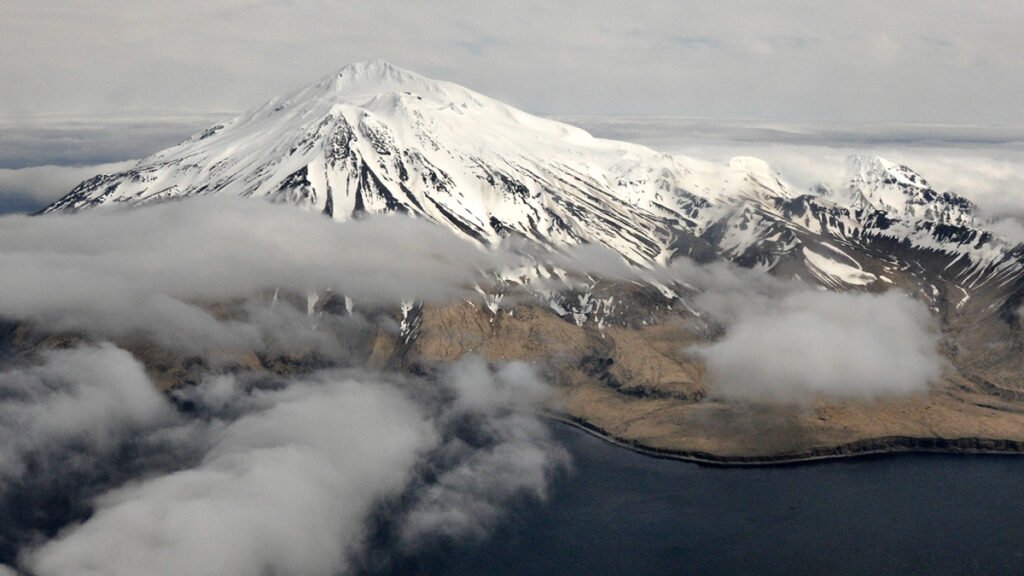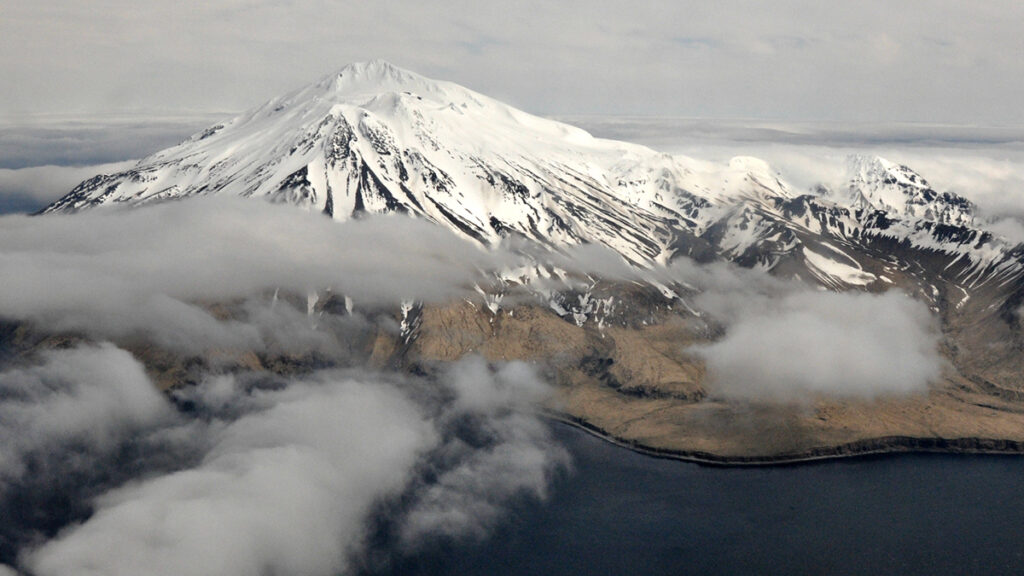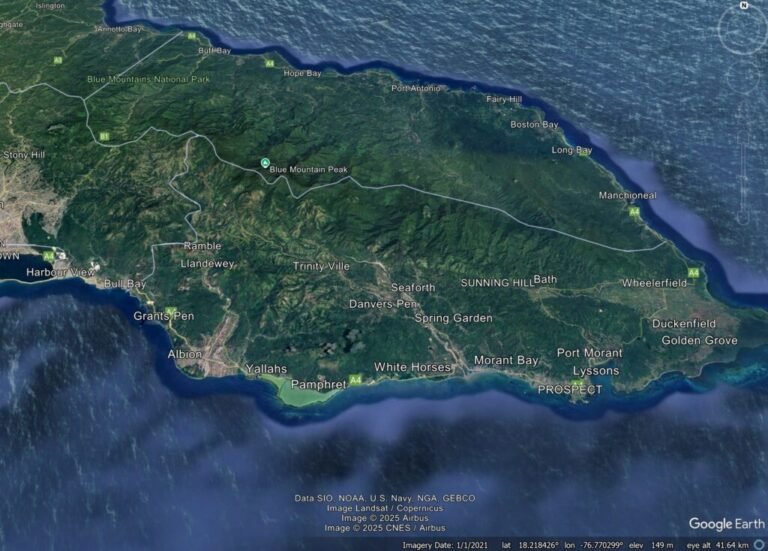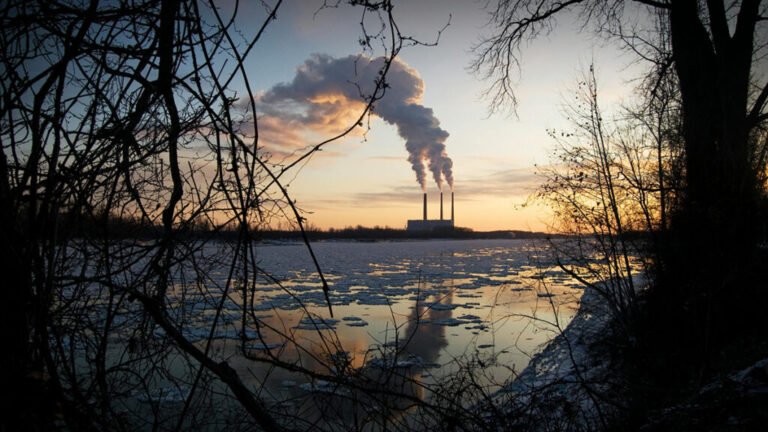

Source: Geophysical Research Letters
When a slab slides beneath an overriding plate in a subduction zone, the slab takes on a property called anisotropy, meaning its strength is not the same in all directions. Anisotropy is what causes a wooden board to break more easily along the grain than in other directions. In rock, the alignment of minerals such as clay, serpentine, and olivine can lead to anisotropy. Pockets of water in rock can also cause and enhance anisotropy, as repeated dehydration and rehydration commonly occur at depth in a subducting slab.
It is well known that an earthquake generates both a compressional wave and a shear wave. If the shear wave passes through anisotropic rock, it can split into a faster shear wave and a slower one with different polarizations.
Although seismologists routinely measure the shear wave splitting in subduction zones by analyzing recorded seismic waveform data, it is challenging to pinpoint where splitting occurs along the wave propagation path.
In the past, researchers have investigated the circulation of Earth’s interior for answers, in particular in the mantle wedge region above and below the slab. However, Appini et al. suggest a different explanation: that, contrary to popular wisdom, it is the downgoing slab that causes most of the shear wave splitting.
The researchers tested their theory using recordings of 2,567 shear waves from the Alaska-Aleutian subduction zone. They found that the way the waves split as they propagate through the slab varied by earthquake location and that these variations were consistent with the anisotropy observed in the dipping slab. They also used a forward model to predict that the splitting pattern will differ depending on the direction the shear wave comes from, which was verified by data observation. Previously, scientists thought the variation in splitting patterns was due to complex mantle flows.
Furthermore, a dipping anisotropic slab also explains why deep earthquakes within a slab have unusual seismic wave radiation patterns. Other recent findings also hint that the composition of subducting plates causes anisotropy, the authors write.
If the slab holds most of the anisotropy, instead of the mantle wedge or subslab region, this finding has far-reaching consequences that could fundamentally change established ideas on how mantle dynamics work and how rock deforms, the authors suggest.
These results drive home the plausibility that slab anisotropy is an understudied component of seismology and geodynamics, the authors say. (Geophysical Research Letters, https://doi.org/10.1029/2025GL116411, 2025)
—Saima May Sidik (@saimamay.bsky.social), Science Writer

Citation: Sidik, S. M. (2025), New earthquake model goes against the grain, Eos, 106, https://doi.org/10.1029/2025EO250403. Published on 27 October 2025.
Text © 2025. AGU. CC BY-NC-ND 3.0
Except where otherwise noted, images are subject to copyright. Any reuse without express permission from the copyright owner is prohibited.


